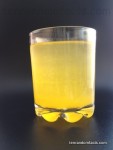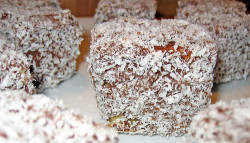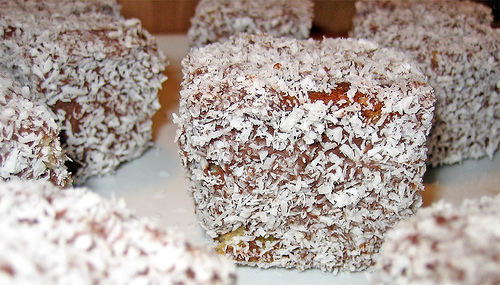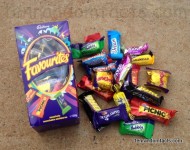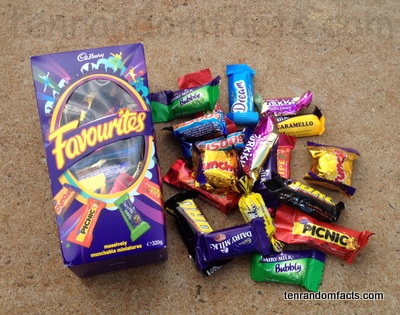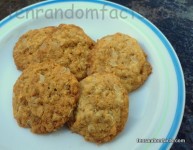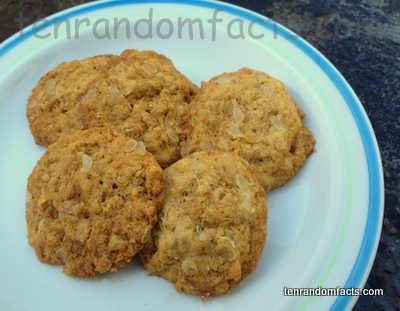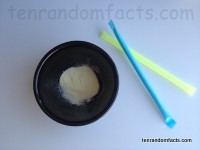
Your mouth will burst with flavour with sherbet powder.
- Sherbet powder is confectionery in a powder form, and is notable for the fizzing effect it has, on contact with saliva.
- ‘Sherbet powder ‘ is also known as ‘keli’, ‘kali’, and ‘sherbet’, and the word originates from the Arabic ‘sharba’, which, when translated, means ‘a drink’.
- Sherbet powder is commonly eaten by using a small spoon, a finger, or a stick item, such as a lollipop, to collect the powder.
- Sherbet poweder can come in a wide variation of colours, including white, green, yellow, red and blue; and flavours, that are often fruit-based.
- Sherbet powder was invented around the 1800s by chemists in Europe, when the reaction of carbonate and acid was discovered.
- Sherbet powder is most commonly packaged in straws or small packets, but it can also be found in glass jars or plastic containers, and can be found surrounding the exterior of some confectionery, or in the interior of others.
- The acid and carbonate of sherbet powder reacts by fizzing on contact with a liquid, such as water or saliva.
- Sherbet powder was originally used to make a fizzy drink, before carbonated drinks became common, after which time, it became a popular sweet.
- Sugar is the main ingredient in sherbet powder, and this is mixed with an acid, a carbonate, and flavourings.
- Sherbet powder became very popular after it was invented, due to its inexpensive price and easy accessibility.
Bibliography:
Sherbet Powder, n.d, ifood.tv, http://ifood.tv/asian/sherbet-powder/about
Sherbet (Powder), 2015, Wikipedia, http://en.wikipedia.org/wiki/Sherbet_(powder)






